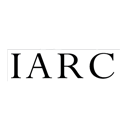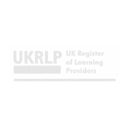-
Brasil
 a Índia
a Índia
 África do Sul
África do Sul
 Alemanha
Alemanha
 Argentina
Argentina
 Austrália
Austrália
 Áustria
Áustria
 Bélgica (FR)
Bélgica (FR)
 Bélgica (NL)
Bélgica (NL)
 Canadá (FR)
Canadá (FR)
 Canadá (EN)
Canadá (EN)
 Costa Rica
Costa Rica
 do Paraguai
do Paraguai
 Emirados Árabes Unidos
Emirados Árabes Unidos
 Espanha
Espanha
 Estados Unidos (ES)
Estados Unidos (ES)
 Estados Unidos (EN)
Estados Unidos (EN)
 Filipinas
Filipinas
 França
França
 Holanda
Holanda
 Hong Kong
Hong Kong
 Irlanda
Irlanda
 Itália
Itália
 Japão
Japão
 Malásia
Malásia
 México
México
 na Bolívia
na Bolívia
 na Colômbia
na Colômbia
 na Indonésia
na Indonésia
 no Chile
no Chile
 no Equador
no Equador
 Nova Zelândia
Nova Zelândia
 Peru
Peru
 Portugal
Portugal
 Qatar
Qatar
 Reino Unido
Reino Unido
 Singapura
Singapura
 Suíça (FR)
Suíça (FR)
 Suíça (DE)
Suíça (DE)
 Uruguai
Uruguai
- Curso
- Instituto
- Depoimentos
- Contato
- Login
- Inscrição






























